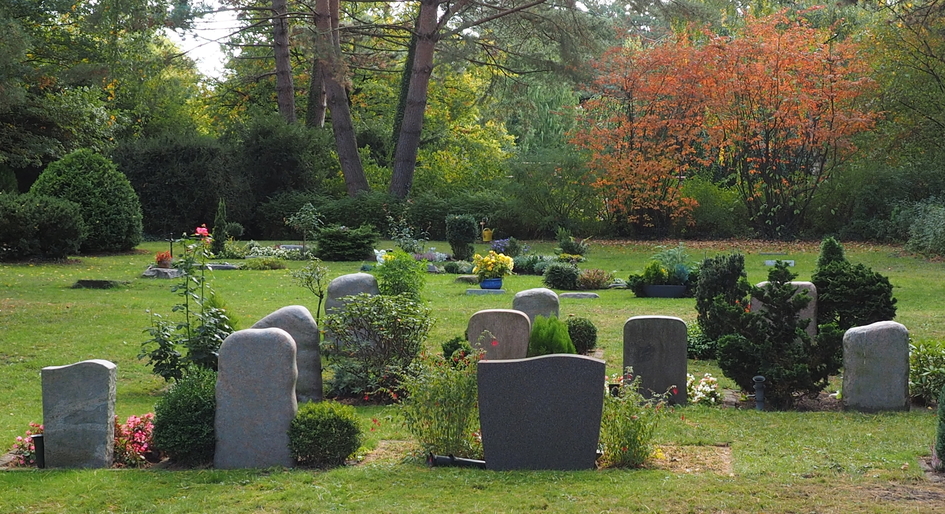The Ontario government is considering allowing cemeteries to resume pesticide use, but proposed amendments to the provincial Pesticides Act will have little impact on landscaping and grounds-keeping on commercial and residential properties. The current prohibition on pesticides for cosmetic purposes will continue to apply.
“There is still a pesticide ban for ornamental purposes and the government believes that pest control for lawn care and gardens is ornamental,” says Tony DiGiovanni, executive director of Landscape Ontario, an association representing the horticultural trades and winter property maintenance sectors.
Currently, the Pesticides Act allows the possibility for pesticides to be used on golf courses, sports fields, specialty turf for tennis, cricket, lawn bowling or croquet surfaces, or to address invasive species, poisonous plants, stinging or venomous insects and/or plants, fungi or animals that undermine the soundness of infrastructure or buildings, while the pesticide regulations spell out the details of how that is to be done. For example, golf courses must have an approved integrated pest management (IPM) plan to qualify.
“Ontario is proposing to add cemeteries to the list of exemptions from the ban, under certain conditions,” states a backgrounder released with the tabling of legislation in late October.
Other changes line up with the provincial government’s agenda to streamline administrative processes and eliminate regulatory redundancies. This takes form in more than 80 initiatives introduced in Bill 132, the proposed Better for People, Smarter for Business Act, omnibus legislation to amend or repeal dozens of statutes. In addition, numerous regulations will be revised or negated — a step that does not require approval in the Legislature.
“They also made some minor changes (in the regulations) to the IPM process for golf courses,” DiGiovanni notes.
As outlined in Bill 132, Ontario will dismantle its separate process for classifying pesticides and instead adopt Health Canada’s classification system — which is already the practice in all other provinces. “This change will ensure a more standardized regime across Canada,” the provincial government’s backgrounder states.
Proposed amendments also refine the wording of the Act to state that classifications pertain to an “active ingredient” rather than the more generic “pesticide”. This will match the terms used in the regulations, where pesticide categories are defined and specified.
“The current banned list (Class 9) and permitted list (Class 11) contain lists of active ingredient pesticides, not pesticide products. There can be several different pesticide products, used for different purposes, that are formulated using the same pesticide active ingredients,” explains Gavin Dawson, region technical manager for TruGreen Canada and chair of Landscape Ontario’s Turfgrass Management Group.








